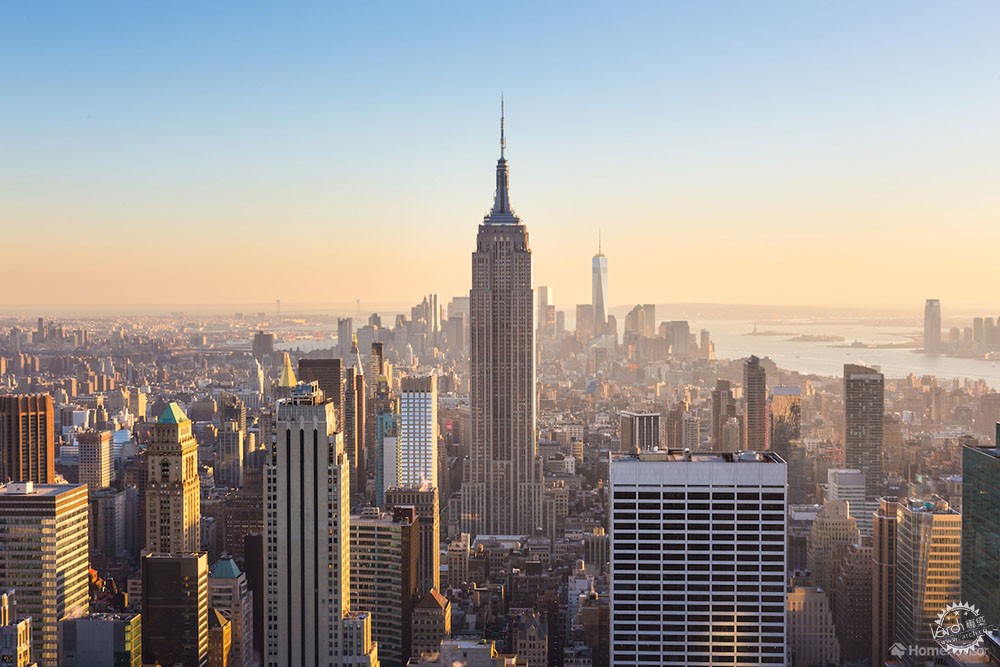
以9种不同的建筑风格重新构想帝国大厦
Re-imagining the Empire State Building in 9 Different Architectural Styles
由专筑网邢子,李韧编译
标志性的帝国大厦是第一座拥有100多层楼的建筑,它定义了摩天大楼的现代概念。这些图片最初由HomeAdvisor出版,让人们充分感受帝国大厦在各种建筑风格下所构想出来的形象。
作为装饰艺术风格的经典之作,帝国大厦具有标志性的特征,很难想象它的其他表达方式。如果作为文艺复兴时期或哥特式建筑,它会是什么样子?让我们一起来看看这9座不同建筑风格的帝国大厦。
The iconic Empire State Building, the first construction to have more than 100 floors, went on to define the modern concept of the skyscraper. These images—originally published by HomeAdvisor—allow us to indulge in the brief folly of what the Empire State Building might have looked had it been conceived under a variety of easily recognizable architectural styles.
A classic of Art Deco design, it’s so iconic that it is hard to imagine it looking any other way. But what would it look like as a Renaissance or Gothic construction? Discover this iconic landmark in 9 different architectural styles.

1.古罗马风格
罗马建筑遵循古典柱式,如多立克、爱奥尼和科林斯。尽管古罗马建筑起源于对古希腊遗产的崇敬,但罗马建筑师仍然是伟大的创新者,他们创造了属于自己的新建筑技术。 古罗马最早使用了拱门支撑结构,并且创造了许多标志性建筑,如凯旋门和圆形剧场。 为了使这些建筑具有传统的外观,罗马人甚至在已经不需要结构支撑之后仍然保留古典柱式。
1. Ancient Roman
Roman architecture followed classical orders such as the Doric, Ionic, and Corinthian. Despite this reverence towards the legacy of Ancient Greece, Roman architects were great innovators and developed new construction techniques of their own. They were the first civilization to use arches to support their structures, as seen in many iconic structures such as triumphal arches and amphitheaters. To give their buildings a traditional look, the Romans continued to incorporate columns even after they were no longer structurally necessary.
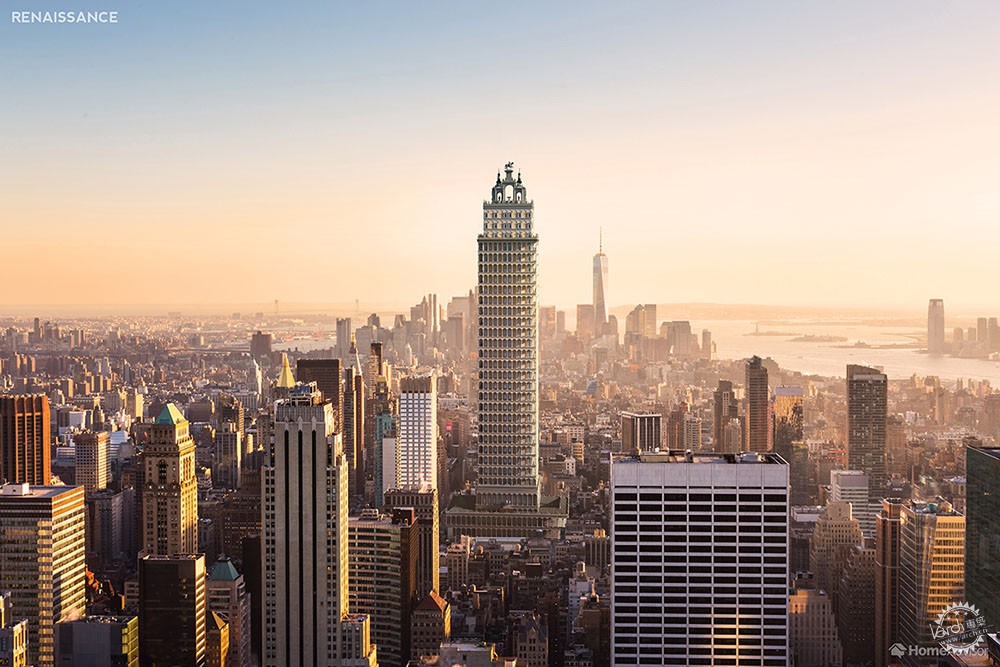
2.文艺复兴风格
文艺复兴时期的建筑起源于15世纪初的佛罗伦萨。当时的建筑师拒绝哥特式的复杂风格,选择了回归罗马古典主义的简约与均衡。圆形的拱门和圆顶再次出现,建筑师努力创造出能够吸引情感和理性的作品。佛罗伦萨大教堂和圣洛伦佐大教堂等建筑是他们雄心壮志的最好证明。
2. Renaissance
Renaissance architecture originated in Florence in the early 15th century. Architects of the time rejected Gothic style intricacy, instead opting for a return to the simplicity and balanced-proportions of Roman classicism. Rounded arches and domes were revived, and architects strived to create structures which would appeal to both emotion and reason. Buildings such as the Florence Cathedral and the Basilica of San Lorenzo prove that they succeeded in their ambitions.
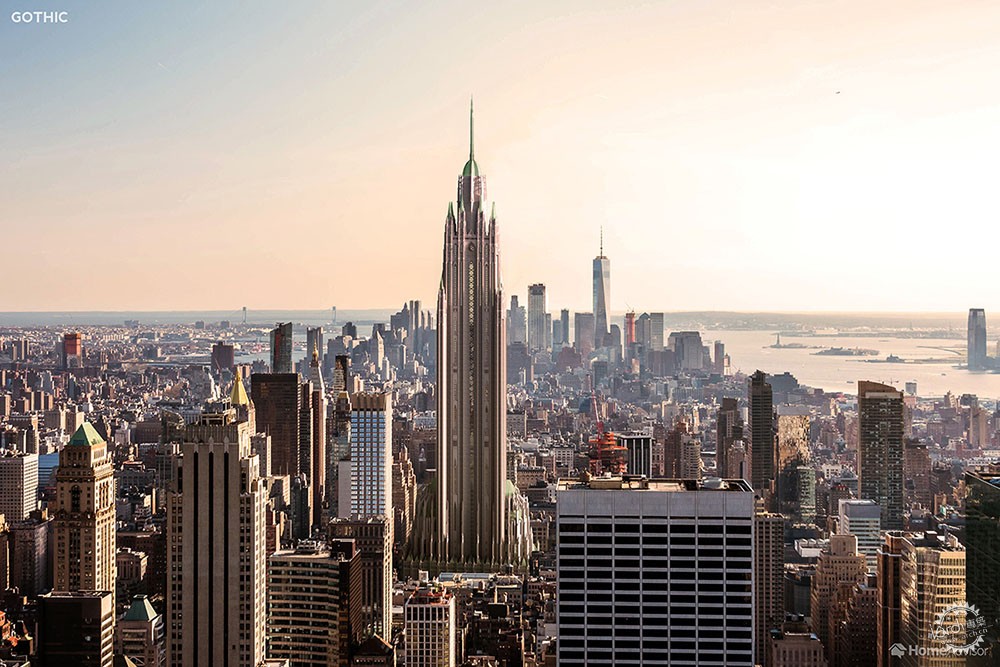
3.哥特风格
哥特式建筑起源于1140年左右的法国北部,欧洲的众多优秀作品都来源于哥特式风格。这种风格的教堂可以通过尖拱、十字拱顶和飞拱来识别。巴黎圣母院和伦敦威斯敏斯特教堂是最典型的哥特式建筑。其肋骨拱顶、飞拱和尖拱让建筑空间变得高耸,同时增加自然采光。
3. Gothic
Originating in northern France in around 1140, the Gothic style produced some of Europe’s most beautiful, and impressively engineered buildings. Gothic cathedrals and churches can be identified by their pointed arches, ribbed vaults and flying buttresses. Constructions such as the Notre-Dame in Parisand London’s Westminster Abbey. Rib vaults, flying buttress and pointed arches were all designed to increase natural light in the soaring spaces of the buildings.
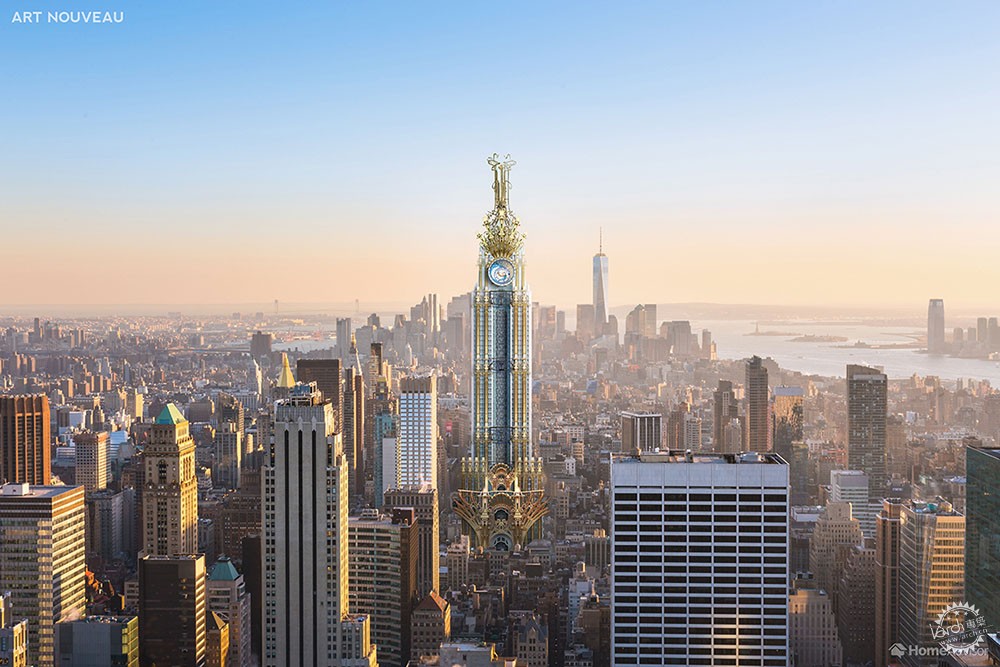
4.新艺术运动
从1890年开始,新艺术运动为世界带来了许多精美建筑。欧洲和美国的建筑师使用玻璃和锻铁等材料制作精致的曲线,其灵感来自自然形态。也许著名的新艺术运动风格案例在巴塞罗那存在有许多,这归功于安东尼•高迪的标志性设计作品。
4. Art Nouveau
Starting around 1890, the Art Nouveau movement produced some of the most beautifully-crafted buildings in history. Architects throughout Europe and America made use of materials such as glass and wrought iron to create elaborate curved lines and shapes inspired by natural forms. Perhaps the best known examples of this style can be found in Barcelona, thanks to the legendary Antoni Gaudí who designed many of the city’s landmarks.
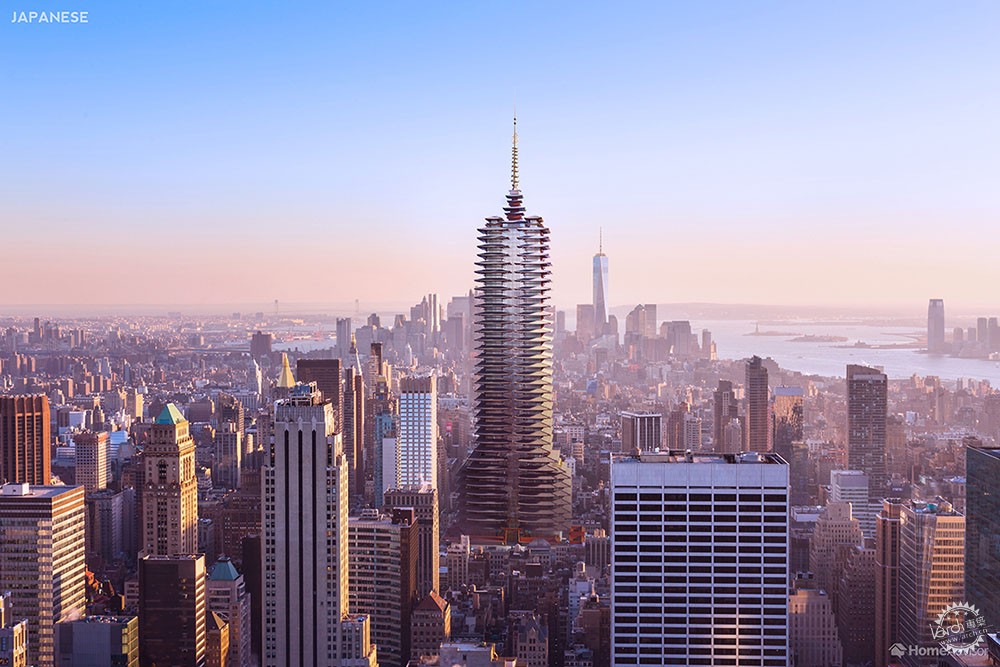
5.传统日本建筑
日本建筑拥有悠久的历史,强调与自然的和谐。建筑通常略微偏离地面,并以滑动的门分隔而非墙壁,还可以根据不同的场合定制空间。以这种风格建造的神社和寺庙仍然存在。日本建筑传统上是用木材建造,因为当时的木材较为丰富,同时也是因为木材对地震有较好的抵抗力。
5. Traditional Japanese architecture
Steeped in tradition and emphasizing harmony with nature, Japanese architecture, aka 日本建築 Nihon kenchiku, has a very long history. Structures were usually elevated slightly off the ground, with sliding doors instead of walls, allowing the space to be customized for different occasions. Many of the country’s spectacular shrines and temples built in this style are still standing. Japanese buildings were traditionally built with wood because of the abundance of timber at the time, but also due to the material’s resistance to earthquakes.
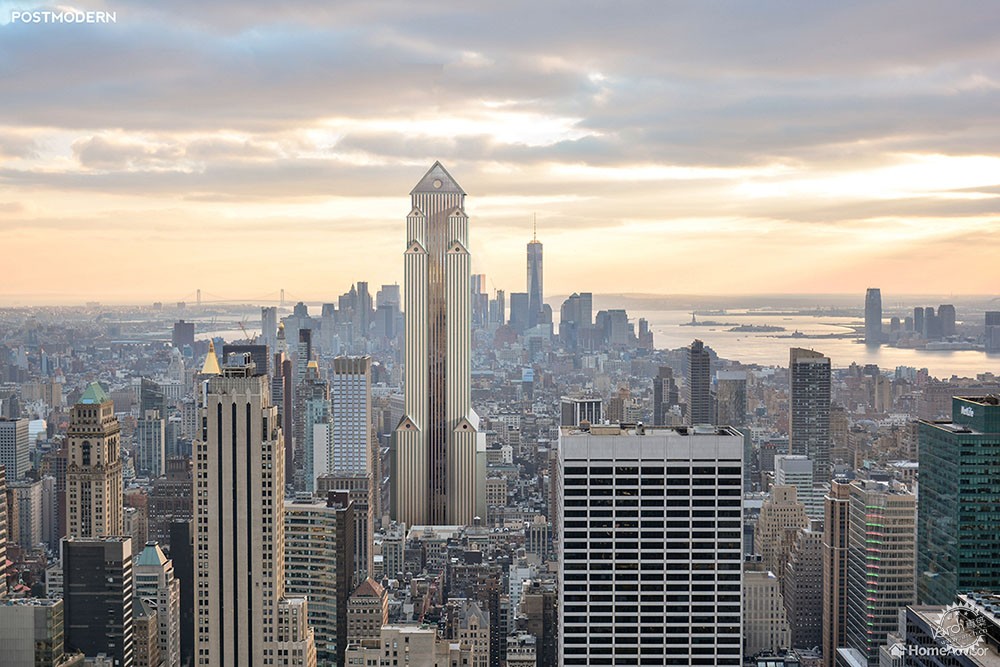
6.后现代建筑
在20世纪60年代后期,许多建筑师开始质疑现代主义的观点,即建筑有能力弥补社会的问题。他们想要摆脱形式主义等各种现代建筑风格。这种全新的创作手法促进了另一种风格的形成,这种风格不容易定义,因为许多后现代建筑师都反对对于建筑风格的分类。
6. Postmodern architecture
In the late 1960s many architects began to question the modernist outlook that architecture had the power to remedy societies’ problems. They wanted to move away from the formality and lack of variety of modern architecture. This new-found freedom resulted in a style that’s impossible to define because many postmodern architects resist classification.
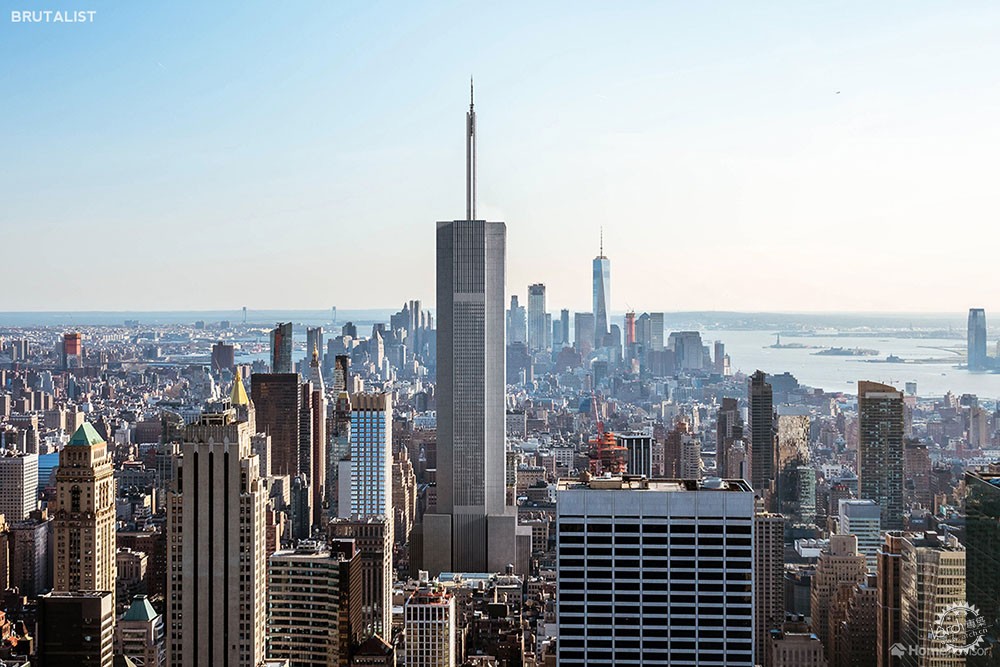
7.粗野主义
多年来,粗野主义一边被妖魔化,一边被吹捧。该术语由英国建筑评论家Reyner Banham于1955年创造,用于描述建筑师Peter和Alison Smithson的作品。从20世纪70年代开始,这些类似堡垒的混凝土巨石变得非常不受欢迎。最近,当崇拜者开始赞扬诸如谢菲尔德的普雷斯顿巴士站和公园山那样的建筑时,此类建筑才得以流行。虽然粗野主义的建筑不是混凝土建筑的首例,但却是将这种材质应用在立面之中的创新做法。在此之前,混凝土通常隐藏在表面之下。
7. Brutalism
Over the years, Brutalism has been demonized and celebrated in equal measure. The term was coinedby the British architectural critic Reyner Banham in 1955 to describe the work of architects Peter and Alison Smithson. From the 1970s on, these fortress-like, concrete monoliths became immensely unpopular. They only rose in popularity recently when new admirers started to praise buildings like Preston Bus Station and Park Hill in Sheffield as architectural landmarks. While Brutalist buildings were obviously not the first to use concrete, they were the first to use it for the construction’s facade. Before this, concrete was usually hidden beneath the surface.

8.解构主义
与后现代主义一样,解构主义也并非围绕着既定的意识形态。它更多的是打破传统的架构规则。解构主义建筑师强烈反对建筑的一致性和条理性。相反,他们设计的建筑看上去如同一些看似无关的组件。毕尔巴鄂古根海姆博物馆也许是这种风格最为著名的例子。解构主义源于德里达的哲学,这种理论试图破坏围绕理性和逻辑的先入为主的思想信念。
8. Deconstructivism
Like postmodernism, deconstructivism doesn’t revolve around one coherent ideology. It’s more about breaking traditional architectural rules. Deconstructivist architects are strongly opposed to the idea that a building must look consistent and organized. They, instead, design structures that are broken into seemingly unconnected components. The Guggenheim Museum in Bilbao is perhaps the best-known example of this mind-bending style. Deconstructivism was born out of the philosophy of Derrida, who sought to undermine preconceived beliefs around reason and logic.
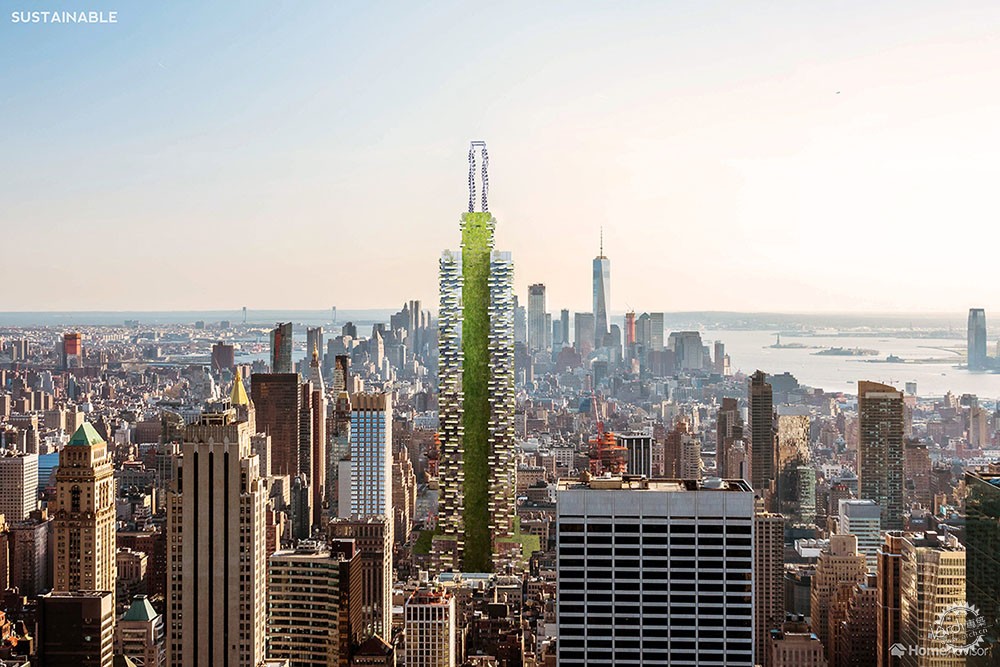
9.可持续建筑
在当今的环保意识世界中,可持续建筑正在崛起。此类建筑使用天然和可再生材料,如混凝土、木材、岩石、再生的玻璃和废弃物,甚至植物。在人们的想象中,建筑中间的框架被植物填满,形成“绿墙”。可持续建筑不仅仅关乎材料,建筑师还关注如何在建筑中使用清洁能源。如上海中心大厦的顶部有风力涡轮机,为外部照明提供动力。
图片:HomeAdvisor
9. "Sustainable" architecture
Sustainable architecture is on the rise in today’s eco-conscious world. Natural and renewable materials such as concrete, wood and rock, along with recycled glass and lumber and even living plants are used. In our re-imaging, a frame attached to the middle of the building allows for the planting of a ‘green-wall’ consisting of thousands of plants. Sustainable architecture isn’t just about materials though. Designers also focus on how energy will be used in the structure. The Shanghai Tower has wind turbines at the top which power its outer lighting.
|
|
